Efficiency of spatial methods in yield trials in lentil (Lens culinaris ssp. culinaris)

Authors:
Incomplete block (IB) analysis of lentil yield trials in lattice block designs substantially reduced experimental error variability compared to randomized complete block (RCB) analysis. Spatial variability, which may exist in two dimensions in the field, can be modelled using various alternative covariance structures for the plot errors. To investigate the adequacy of the incomplete block analysis, we fitted a first order autocorrelation error structure (AR1) in both the column direction and the row direction after allowing for the variance model of the lattice design. We also considered random splines in columns. The best model was selected on the basis of the residual deviance of each of the 53 trials we examined. Gains in efficiency (over RCB) for pair-wise comparison of genotypes and selection gains were obtained for the selected models and for the lattice blocks (considered as a control model). Spatial models where the plot error was modelled as AR1 in columns or as AR1×AR1 in rows and columns after allowing for random effects of lattice blocks were most frequently selected. Models with spatial errors were found best in 74% of the trials when used with random effects of lattice block and in the remaining trials when used without lattice blocks. The average gain in efficiency over RCB analysis by using the best models at the analysis stage was around 50%. The best models were also, on average, more efficient than the lattice model. Expected average genetic gain due to selection of the top five lines was approximately 20% for the best models. The predicted genotype means showed less change in rank when comparing RCB with lattice analysis than when comparing RCB with the best method. Use of spatial models resulted in different genotypes being selected, giving a higher genetic advance. Since the use of spatial models requires only a change in computation together with knowledge of the field layout, the use of spatial methods together with good experimental design is recommended as a cost-effective method for achieving improved genetic progress.
